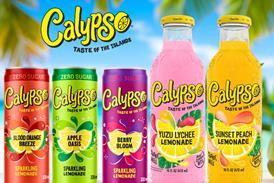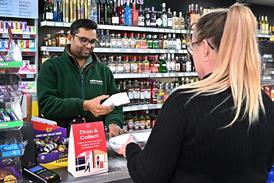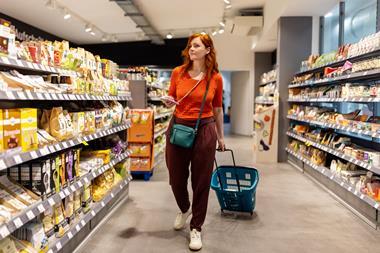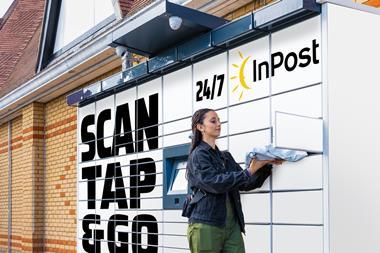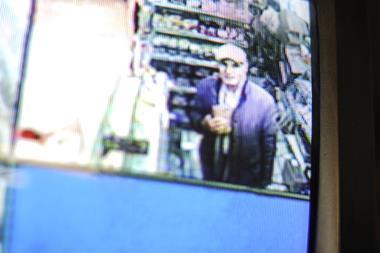Own brand vs brand

Retailers report that they are cutting back on brands and instead devoting more space to own label. C-Store investigates what’s driving this change and how shoppers have been persuaded that branded isn’t always best.
ALREADY HAVE A REGISTERED USER ACCOUNT? PLEASE LOG IN HERE
To read the full story join the ConvenienceStore.co.uk community today!
Registration is quick and easy and provides access to:
- Unlimited ConvenienceStore.co.uk articles
- Our great range of newsletters
- Content you’ve saved for later via the ‘my library’ feature
And much more…









